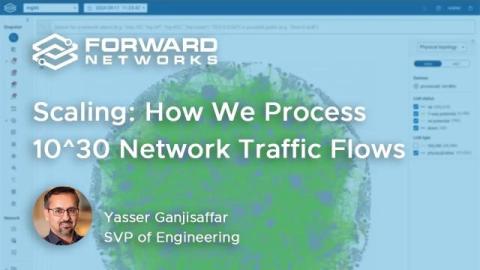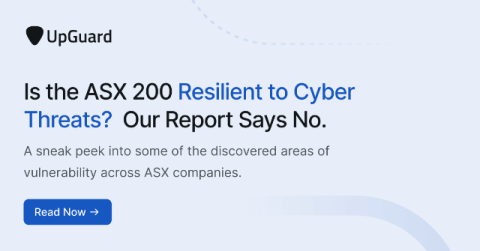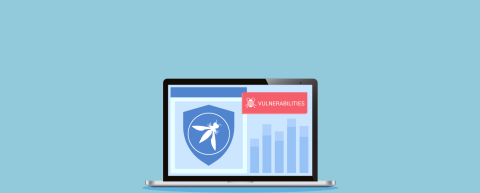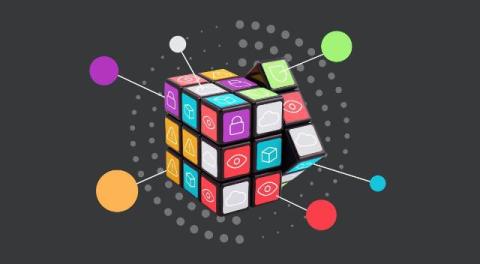Scaling: How We Process 10^30 Network Traffic Flows
Forward Networks ensures that the world's most complex and mission-critical networks are secure, agile, and reliable. A mathematical model of the network, including computations of all possible traffic paths, is built by collecting configuration data and L2-L7 states from networking devices and public cloud platforms.










